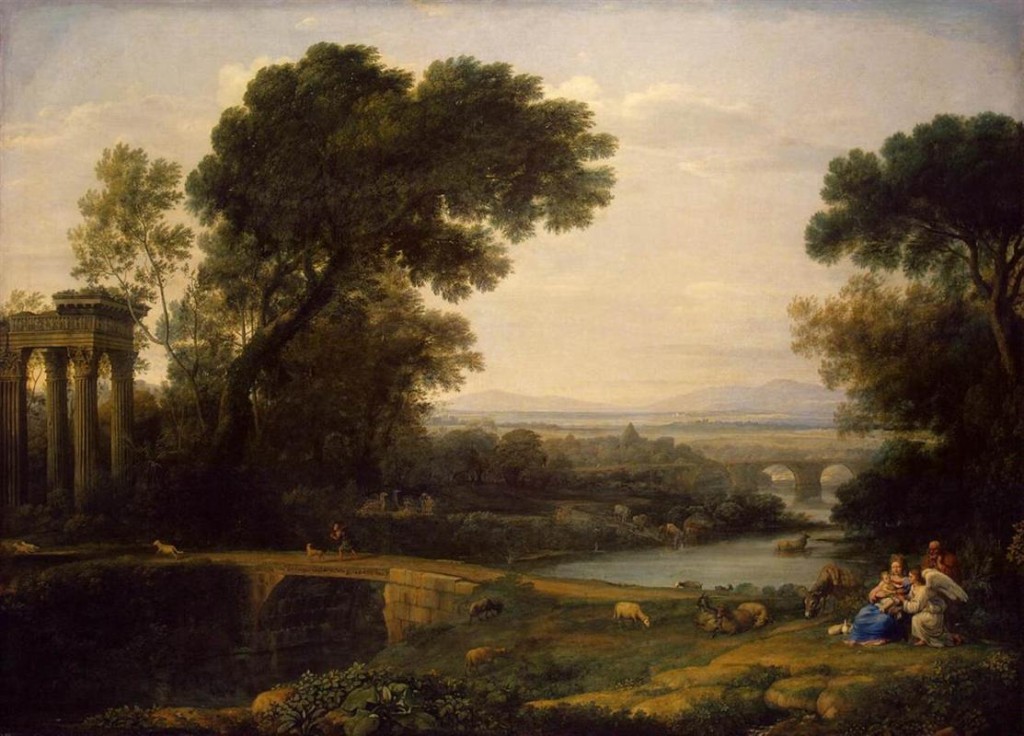For better or for worse, most of the words and concepts we have for “nature” in English emerged from the opposition between human civilization and everything else. In Wilderness and the American Mind, Roderick Frazier Nash traces how the term wilderness was transformed in America over the centuries from an essentially derogatory indicator for uncultivated, uncivilized areas, to its current positive associations with environmental conservation. Gary Snyder explored in The Practice of the Wild
how even the popularly-held conception of nature is itself paradoxical. Despite the common and seemingly unavoidable usage of the word to refer to the “non-human” world, we humans and all of our activities – from gardening to browsing the Internet – are a part of nature.
Furthermore, when thinking about interpretations of “wilderness” or “nature” within art, it is inherently impossible to avoid human-imposed lenses on nature. The interpretation of nature through art is, by definition, the representation of human perspectives. This, I believe, is not a bad thing. In Landscape And Memory, Simon Schama argues eloquently for the importance of understanding that “the cultural habits of humanity have always made room for the sacredness of nature” and that culture is “not the repudiation, but the veneration, of nature” (p. 18).
In this spirit, I seek to acknowledge and engage with culture-based perceptions of nature as the ways in which we humans necessarily make sense and meaning from the world around us, whether it’s through an Albert Bierstadt painting or a Disney movie.
I feel that landscape is the term that best embodies this overall idea. This word was imported from Dutch into English in the 16th century and has been used historically to refer to the aesthetic appreciation of nature, especially in the context of visual art. “Landscape” may be as accurately applied to bucolic scenes (the word’s original application) or cityscapes, as to wilderness locales that have been minimally impacted or modified by human hands. That having been said, as a creator and an audience member I’m interested primarily in art and music that acts as a pathway to fostering a greater empathy with, and connection to, the rest of the natural world.


![By NASA.Mrshaba at en.wikipedia [Public domain], from Wikimedia Commons](https://landscapemusic.org/wp-content/uploads/2015/01/1024px-Full_Sunburst_over_Earth-1024x992.jpg)